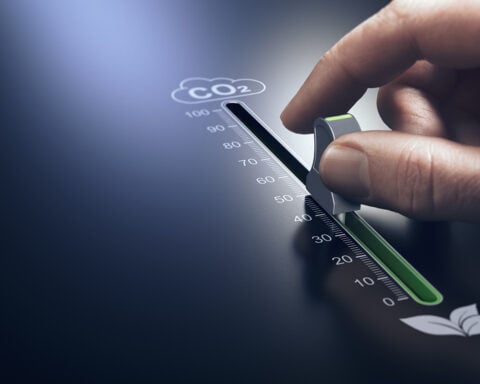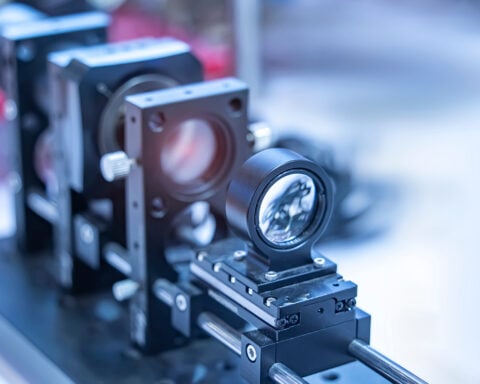The age-old practice of fishing, with its trials of unpredictable seas and uncertain hauls, is witnessing a revolution that leans on technology not only to enhance efficiency but to protect the very ecosystem it relies on. Ian Wightman, a seasoned fisherman on the River Clyde, is at the forefront of this change, harnessing innovative tools to harvest langoustines in a manner that’s both greener and more profitable.
The Plight of Bycatch and the Technological Response
Bycatch has long plagued the fishing industry, a problem that inadvertently ensnares dolphins, turtles, and other marine life, often leading to their demise. Wightman is part of a cohort testing devices from SafetyNet Technologies which include LED lights that can selectively attract certain species while repelling non-target marine animals.
This smart use of technology is proving to be a game-changer, significantly minimizing the capture of unintended species, a challenge that organizations like the WWF have been battling worldwide.
Illuminating Change Underwater
The initiative extends beyond individual efforts. Research with Mexican fishermen in the Sea of Cortez has revealed that the use of illuminated lights can drastically cut bycatch by 63%, also saving labor time in net management.
The WWF’s endeavor to incorporate colored LED lights, especially green ones, has been shown to effectively prevent turtle entanglements, marking a significant stride in sustainable fishing practices.
Economic Sense and Sustainability
There’s a compelling economic argument to this ecological approach. The reduction in bycatch translates to fewer hours spent on water and less fuel burned, which means greater earnings for fishermen.
Despite these benefits, there are concerns about the affordability and adoption of these technologies. In Indonesia, non-profit organizations stress the importance of creating financial mechanisms that would allow local fishers to access such technology easily.
Vision Through the Waters
Wightman’s toolkit also includes the CatchCam, a camera that gives him a glimpse of the underwater action, swiftly informing him about the net’s performance. What used to take days to determine can now be assessed in a day, stripping down the trial-and-error aspect of fishing to a precise science.
Complementing this visual aid is the Enki system, a data collection device that monitors environmental factors like pressure and temperature, further informing sustainable fishing efforts.
The Promising Horizon of Tech-Enhanced Fisheries
Wightman’s morning routine now involves less guesswork and more precise operations, leading to an impressively minimal bycatch. As he sorts through the morning’s haul, the evidence is clear: the integration of technology is not just a boon for fishermen but a beacon of hope for marine ecosystems.
This technological tide is setting a new course for the fishing industry, one that promises sustainability and efficiency for generations to come.







